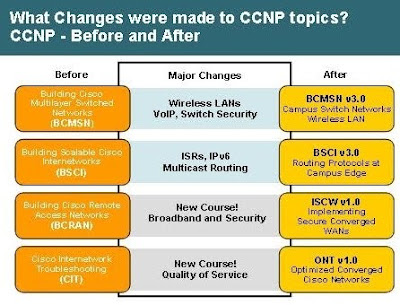Review of Essential SNMP, 2nd Ed Posted
Amazon.com just posted my four star review of Review of Essential SNMP, 2nd Ed . From the review : Essential SNMP, 2nd Ed (ES2E) fills a gap in being a modern book about an important management protocol. SNMP is used extensively by network management stations (NMS) like Nagios, which is now the subject of two independent books. E2SE does a good job covering SNMP issues important to administrators and NMS users. However, the book's organization and subject matter could be improved in the 3rd edition. This is why I've been blogging on SNMP today. That's 12 book reviews for the month of August. Whew.




